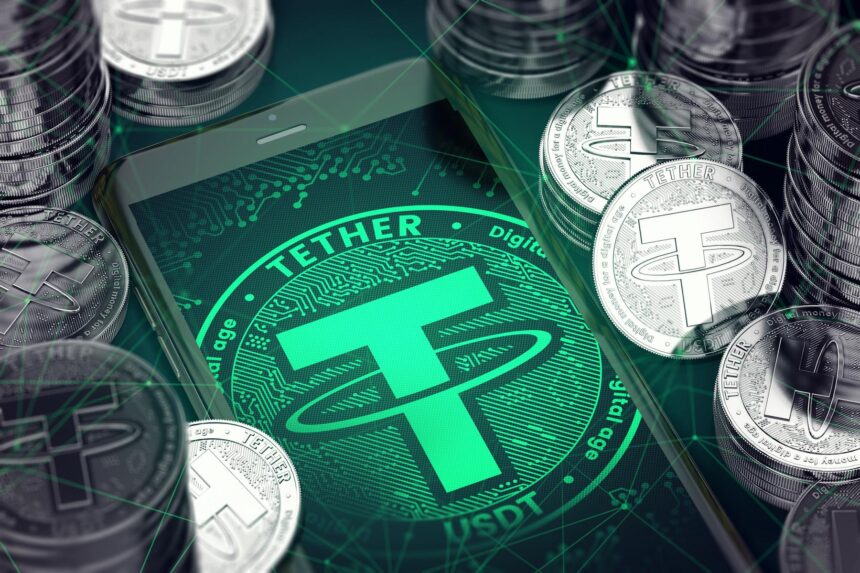
- Tether’s USDT is now recognized as an Accepted Virtual Asset by Abu Dhabi Global Market’s FSRA.
- 109 million wallets currently hold USDT, with on-chain deposits in 86 million centralized accounts worldwide.
Tether has had its stablecoin, USDT, recognized as an “Accepted Virtual Asset” (AVA) by the Abu Dhabi Global Market’s Financial Services Regulatory Authority.
This acknowledgement is evidence of Tether’s increasing acceptance in the global financial ecosystem and helps to strategically place the companies within UAE ambitions to lead the digital finance sector. The certification lets registered financial service companies in ADGM use USDT in their products—including trading, custody, and other financial services.
USDT Versatility Across Blockchain Ecosystems
USDT’s AVA status covers its activities on three main networks—Ethereum, Solana, and Avalanche—not only on a single blockchain. Remaining the biggest stablecoin by market cap, USDT’s adaptability and dependability manifest in its multi-chain awareness.
From decentralized finance (DeFi) to cross-border payments, USDT’s capacity to run effortlessly across several blockchain ecosystems confirms its value for many financial uses.
Paolo Ardoino, Tether’s CEO, voiced hope for the UAE’s progressive legal environment. He underlined that other countries striving to strike a balance between innovation and strong control could find a model in the way the nation treats digital assets.
ADGM has confirmed Tether’s contribution to propel digital adoption and economic development by giving USDT AVA status. The acceptance of Tether’s stability, openness, and security—qualities that are absolutely vital in preserving confidence in a tumultuous market—is perceived as validation of such traits.
A Strategic Step in Advancing Blockchain Adoption
The strategic aim of the UAE regarding being a worldwide center for virtual assets fits exactly this evolution. USDT’s incorporation into the regulated framework emphasizes its increasing importance as the area fast adopts blockchain and crypto technologies.
This action not only increases Tether’s reputation but also offers a guide for how stablecoins might fit into conventional financial institutions following legal requirements.
Tether keeps widening its influence while under regulatory scrutiny in other countries. To keep its leadership in the industry, the organization has constantly shown tenacity and adaptability in overcoming difficult obstacles.
The acknowledgement from ADGM is unambiguous evidence of Tether’s attempts to match global regulatory norms and boost institutional stakeholders’ reputations.
Tether’s on-chain activities, meanwhile, show its general acceptance and use. Our prior report has shown that USDT is fast nearing Ethereum’s 128 million wallets and more than twice the count of wallets containing Bitcoin, and 109 million wallets are already holding USDT.
This amazing acceptance rate emphasizes the faith people all over rely on Tether’s stablecoin. Moreover, USDT on-chain deposits have been made into 86 million accounts kept under centralized systems, proving its extensive integration on many platforms.
Besides that, Tether has obtained a strategic investment from esteemed financial services company Cantor Fitzgerald. Getting a 5% share in Tether emphasizes how dedicated the company is to maintaining the reserves of the stablecoin despite more government scrutiny, according to CNF.
Valued at much to $600 million, this investment confirms Cantor Fitzgerald’s major influence in Tether’s reserve management, especially with regard to its large ownership in U.S. Treasury securities.






